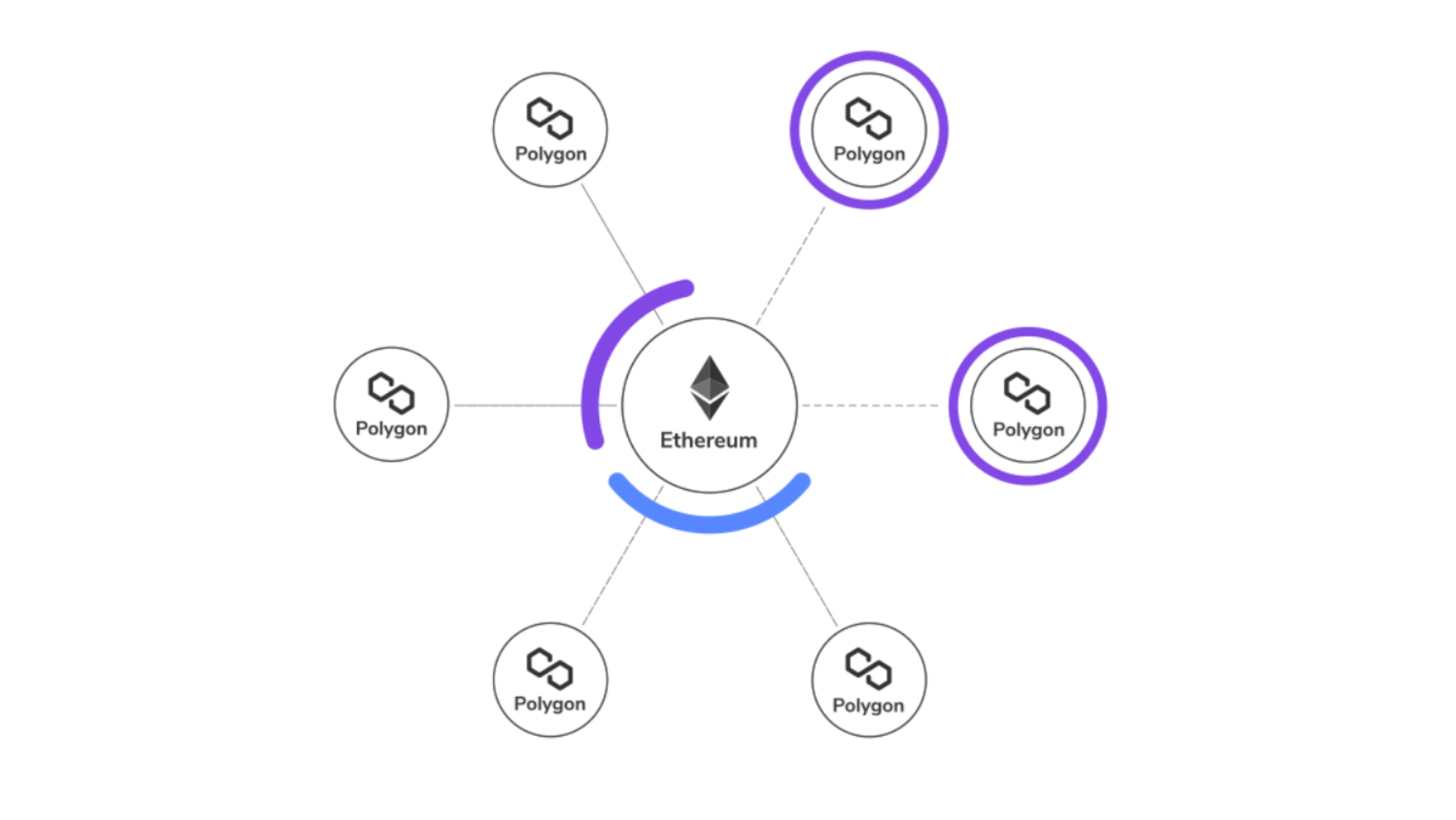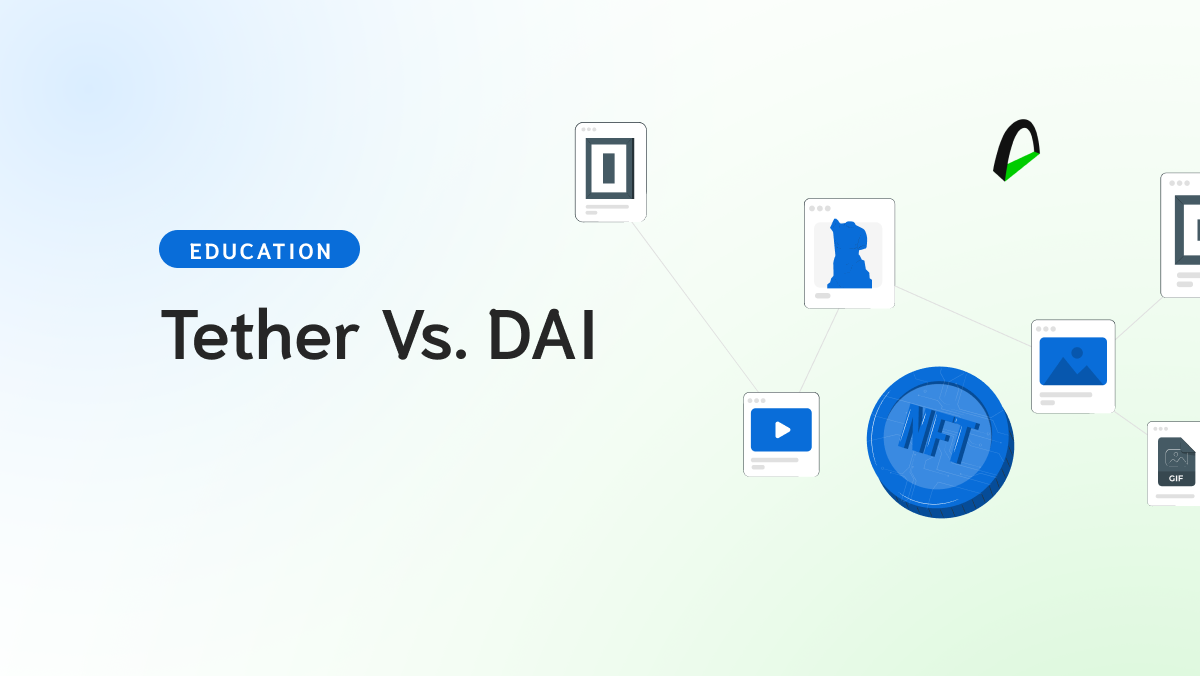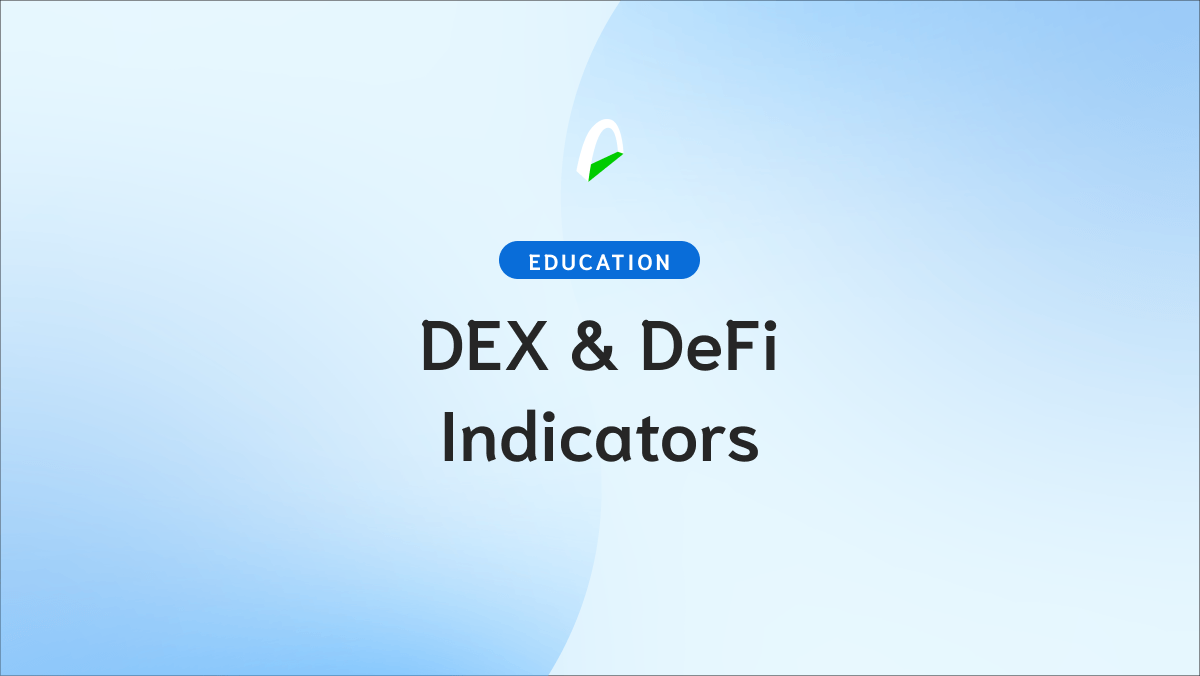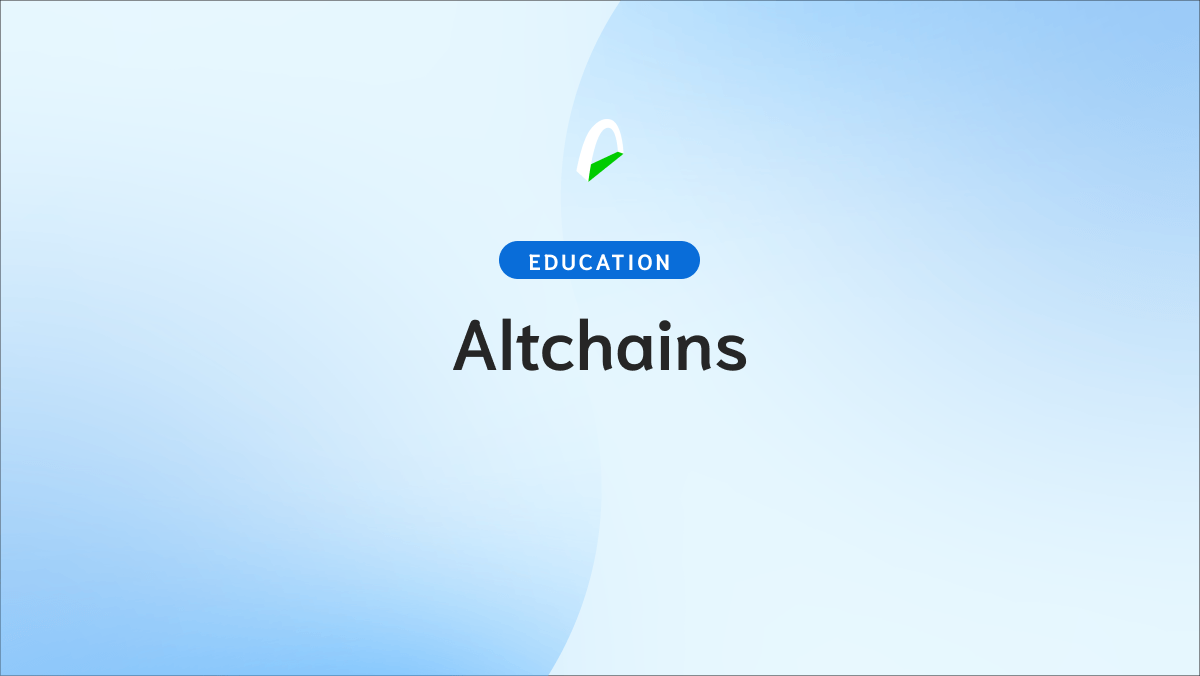Polygon, formerly known as the MATIC Network, is a blockchain that seeks to address the throughput limitations of the Ethereum network by accelerating the network's transaction processing speed and reducing transaction costs. The protocol is looking to become the AWS for the Web3 world.
From creating dApps to Zero-Knowledge roll-ups, Polygon is on the cutting edge of blockchain innovation.
To understand what Polygon is, it's essential to talk about the Blockchain Trilemma, the problem that this network wants to solve.
This problem has existed since Bitcoin emerged, and its resolution is still not entirely clear. The three fundamental properties that a blockchain should aspire to have are: being scalable, secure, and decentralized.

Being scalable means being able to support a growing number of users (and transactions) without much friction. Being secure implies being able to resist malicious actors firmly. Finally, decentralized means that power is distributed among a wide number of network participants.
What the trilemma tells us is that one can't have all three properties at the same time. In other words, one property cannot be maximized without inevitably giving up on another.
Bitcoin and Ethereum, for example, sacrifice scalability for greater security and decentralization. The classic example used to account for this is the transactions per second that these cryptocurrencies can process. Bitcoin, for example, processes between 5 and 7 approximately. In contrast, a payment processor like VISA processes an estimated 1,700.
There are various ways developers can solve this scalability problem. They can directly seek to improve the base Blockchain, as is the case of Ethereum with Ethereum 2.0. Other solutions don't improve the base Blockchain but complement it externally.
This last set of solutions refers to implementations that allow transactions to be executed without congesting the main network. Polygon falls under this type of variant.
What is Polygon
Polygon was created as a way for any developer to create a dedicated blockchain network that combines all the best features of independent blockchains (flexibility, sovereignty, and scalability) with the best of Ethereum (security, developer experience, interoperability).

Polygon's primary goal is to provide a framework for building blockchain networks that can be interconnected rather than isolated from each other.
Polygon has several innovative features, such as ZK roll-ups, which bundle a large number of off-chain transfers into a single transaction, and Optimistic roll-ups, which run on top of Ethereum to offer near-instant transactions.
Both features offer unique advantages in the race to scale Ethereum and solve the current network congestion issues and high transaction fees.
But let's see how it all started. Since 2017, the stability and scalability problems of the Ethereum network have been massively present, creating a migration of users to other networks.
In 2018, Jaynti Kanani, Sandeep Nailwal, and Anurag Arjun decided to develop a solution for these problems within the Blockchain, developing the first MATIC protocol.
MATIC was the name given to the original project, based on creating a sidechain capable of improving Ethereum's transaction overhead. Recto was developed on the plasma and a structure of nodes with control in a Sidechain Proof of stake or PoS. In this way, the decentralized applications would be in the Sidechain, avoiding its effect on the Ethereum Blockchain.
In 2019, a seed investment pre-sale of Matic tokens was carried out, with a collection of 161 thousand dollars, and later another round of sale was carried out, getting $4 million in funding. The project debuted with its first blockchain sidechain.
Later, they changed their name to Polygon by adapting the new technology Roll-up and Valiadium.
How does Polygon work
Polygon is the latest in a growing group of cryptocurrency projects attempting to address known pain points in the Ethereum network and the broader blockchain ecosystem while also seeking to simplify entry points for developers.
Offering one-click deployment of preconfigured blockchains and introducing an interoperable protocol for exchanging arbitrary messages across Ethereum and other blockchain networks, Polygon provides an optional, modular approach to "security as a service."
Polygon's main chain is the "Matic PoS" chain which adds a layer of security (Proof-of-Stake) to all blockchains launched with Polygon.
Polygon attempts to ensure its longevity by taking a multifaceted approach while securing Ethereum's prospects with a massive, interconnected blockchain ecosystem.
Polygon consists of four different layers, each of which has a specific purpose:

The Ethereum layer: Polygon chains can use the secure Ethereum network to run any critical component through smart contracts like purpose, parking, checkpoints, and interoperable messaging.
The security layer: is an optional layer that provides "validators as a service" that can check aspects of any string of (paid) polygons. It works as a meta-chain in tandem with Ethereum performing validator management (registration, redistribution, rewards) and polygon chain validation. Security layers can be deployed over multiple iterations and across the Ethereum blockchain, where Ethereum miners perform validation.
The mandatory polygonal network layer: is a constellation of sovereign networks, each serving its respective network. It's responsible for block production, local consensus, and transaction matching.
The mandatory execution layer: interprets and executes the agreed transactions included in the Polygon network chains. Two sub-layers implement a virtual machine and the state transition function of Polygon-specific network execution logic, typically written as Ethereum smart contracts.
Polygon solutions that are live
Polygon PoS sidechain: it's one of the best-known products. It's a solution that achieves scalability and speed. It uses the security of ETH and combines it with PoS and validators on the Polygon network.

Polygon Hermez: ZK- Rollup scalability solution. The utility token is MATIC as well.
Polygon-edge: a framework for building private or public ETH compatible blockchains and other scaling solutions for ETH.
Polygon-ID: blockchain native identity solution.
Polygon supernets: Tech that helps build an even more customized ETH-compatible network. As the core team says, it's like polygon-edge but on steroids. It is like a dedicated web3 hosting. For Polygon, this project is significant, so they committed $100M to it.
Solutions that are in the development phase
Four more rollup solutions: Polygon Miden, Zero, and Nightfall. All of them are ZK rollups.
Polygon Avail: Data availability blockchain
What is MATIC, Polygon's native token
The Polygon network has a native token called $MATIC, named after an earlier stage in Polygon development.
MATIC is used to power the network and as a utility token for Polygon. It works as the main transactional currency of the network and as a financial incentive for those who want to contribute to the ecosystem.
It's also used as collateral in the staking process, allowing users to participate in Polygon's consensus mechanism to validate transactions in exchange for MATIC tokens.
Users can earn MATIC by providing computing resources and services to the Polygon network through transaction validation or by executing smart contracts on the network.
Additionally, users can vote on network updates by owning and staking MATIC. Each vote is proportional to the amount of MATIC they stake.
Uses and applications of MATIC
MATIC, and Polygon, have many uses apart from the governance and transactional use cases.
Payments: Polygon enables dApps to accelerate payments to near-instantaneity through an API and SDK. It can carry payments with ETH and ERC-20, transfers with Atomic Swap, and fiat-based payments with liquidity providers.
Loans: Polygon makes it possible to analyze each registered user's credit quality, studying their transaction history.
Games: It allows faster game development, helping fuel the explosion of the NFT industry around the project.
Digital identification: Polygon can limit the information that websites need to authenticate users in a decentralized way.
Exchanges: Quickswap, Dfyn, and ComethSwap are just a few of the DEXs benefiting from the Blockchain's transaction times.
DeFi: The network has some exciting projects offering decentralized finance solutions, including Dapps, smart contracts, and other products through the Polygon SDK.
Closing thoughts
Polygon offers a fascinating ecosystem with significant influence in the cryptocurrency market.
Polygon has become an attractive network for investors with its scalability and compatibility solutions,






